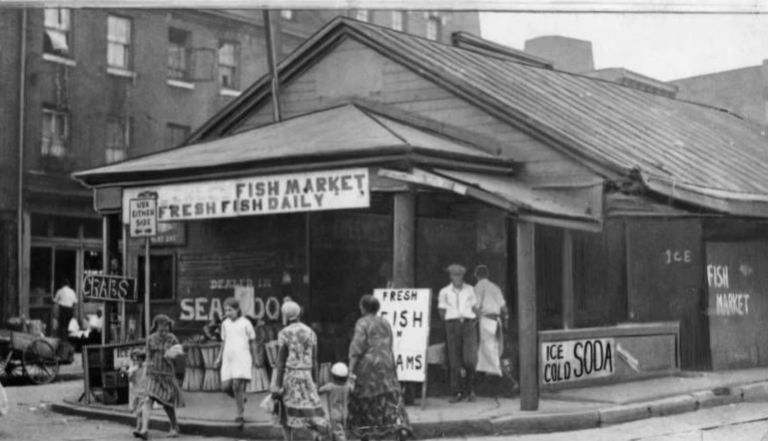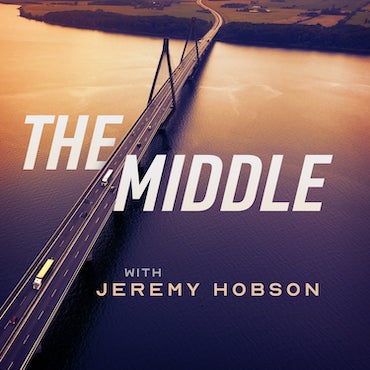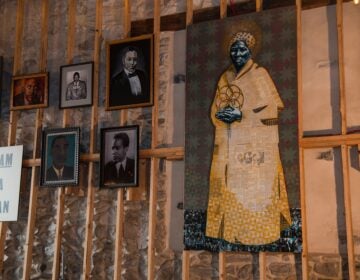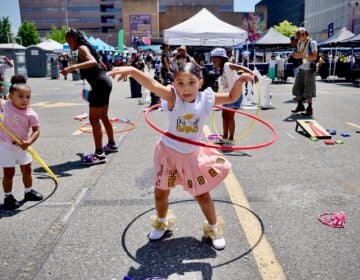Northern Liberties business district highlights Black roots
Philadelphia’s Northern Liberties section is using Black History Month to highlight the neighborhood’s deep, historic roots.

A fish market once stood at 2nd and Poplar streets in the Northern Liberties section, photo at left. Through the 1800s, 2nd Street was a bustling place with a market shed running down the middle. (Submitted via The Philadelphia Tribune)
This story originally appeared on The Philadelphia Tribune.
Philadelphia’s Northern Liberties section is using Black History Month to highlight the neighborhood’s deep, historic roots.
The area’s Business Improvement District has announced that it’s launching two activities to celebrate its history.
“We have such a rich history in this neighborhood,” said Northern Liberties Business Improvement District (NLBID) executive director Kristine Kennedy. “Much of it has been forgotten by modern Philadelphians, but Black History Month is the perfect time to bring some of it back to life.”
There will be an audio walking tour focused on the neighborhood’s Black history and a project called Window Stories, which will encompass “a series of vinyl window clings that tell the stories of Black residents who lived in Northern Liberties in the 1800s,” according to a news release.
The two activities are intended as complementary pieces meant to facilitate a stroll that will take participants on a loop around the neighborhood, focusing on historic locations and presenting Northern Liberties’ Black history.
In creating the audio tour, cursory research into the neighborhood led Kennedy into digging deeper into Black history in Northern Liberties.
“I kept trying to learn more about the Underground Railroad, but only found vague platitudes. I wanted to know about the people and places that were a part of it. So I dug into census data and the personal accounts such as those captured by William Still,” Kennedy said.
While Northern Liberties is well known for being a crucial part of the Underground Railroad, the audio tour “will help shed light on the real people who lived and worked here in the years prior to the Civil War,” according to the NLBID’s website.
The tour itself begins at the corner of 2nd and Fairmount and spans a portion of the neighborhood a bit less than a mile long. It is expected that participants will be able to complete the tour in a little less than 30 minutes.
Meanwhile, the Window Stories project is the product of a collaboration between Kennedy and Monna Morton, a professor at the University of the Arts, who worked together to research stories about people who had lived and worked in Northern Liberties before the neighborhood became a part of Philadelphia.
The duo then designed vinyl window clings “printed with images and text that tell a specific Black history story” and placed them in five storefront locations throughout the neighborhood, creating a visual tour of the past.
For Kennedy, the activations represent an attempt to allow residents and visitors in Northern Liberties to view a glimpse of the area’s past without having to do their own research.
“What I was really hoping to accomplish with both of these projects is to really give some context and to have the people from a long, long time ago feel like real people who we might have known. Sometimes I find that it can be a little hard for people to access this stuff. I mean, Monna and I did a lot of deep dive research and really got a lot of personal information about people, and not everybody’s going to have the time to do that,” said Kennedy.
“But the audio tour, you can do it at your own pace at any time or day that you choose, so it’s like a really easy thing to access for anybody. And likewise, the window stories can be done if you’re in the neighborhood. You can just sort of walk around and enjoy them. … So it’s just a way for people without a lot of time or who might not have been able to schedule something to be able to kind of access a piece of our neighborhood’s history that they would not have otherwise known about.”
Ultimately, Kennedy said she hopes that the audio tour and window stories can help connect the neighborhood and its residents to a past that deserves more attention and reverence.
“I think it just helps connect the present and the past. There are a handful of historic markers that people probably have walked past a million times and never read, but there’s really nothing quite like taking up your time and standing in a place and hearing a story about a person who lives there. It really changes how you feel about your environment and how you feel about your neighborhood and your city. It’s just an easy way to get access to that part of our history.”
Both activities are set to go live Friday.
WHYY is your source for fact-based, in-depth journalism and information. As a nonprofit organization, we rely on financial support from readers like you. Please give today.





